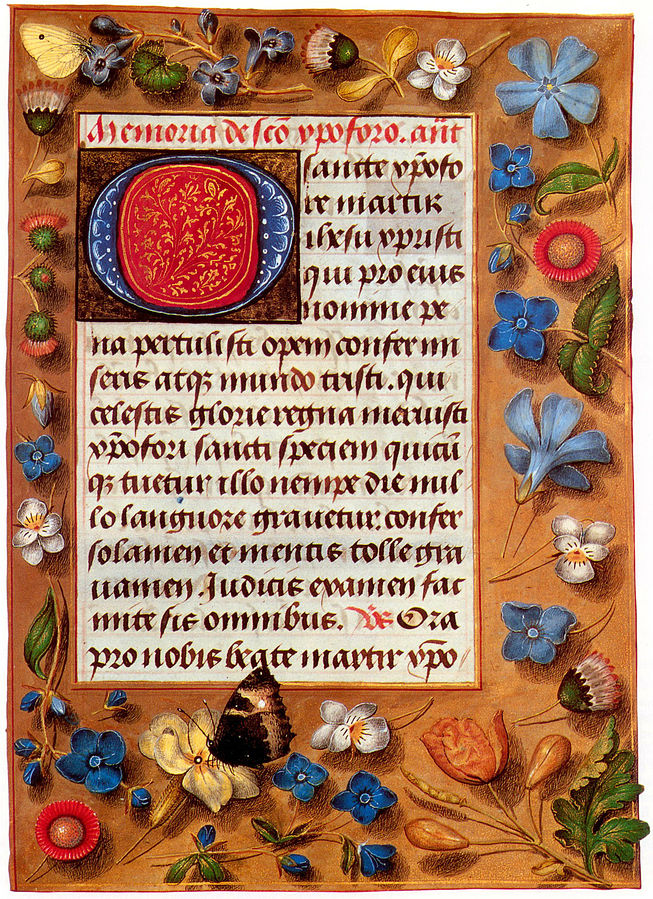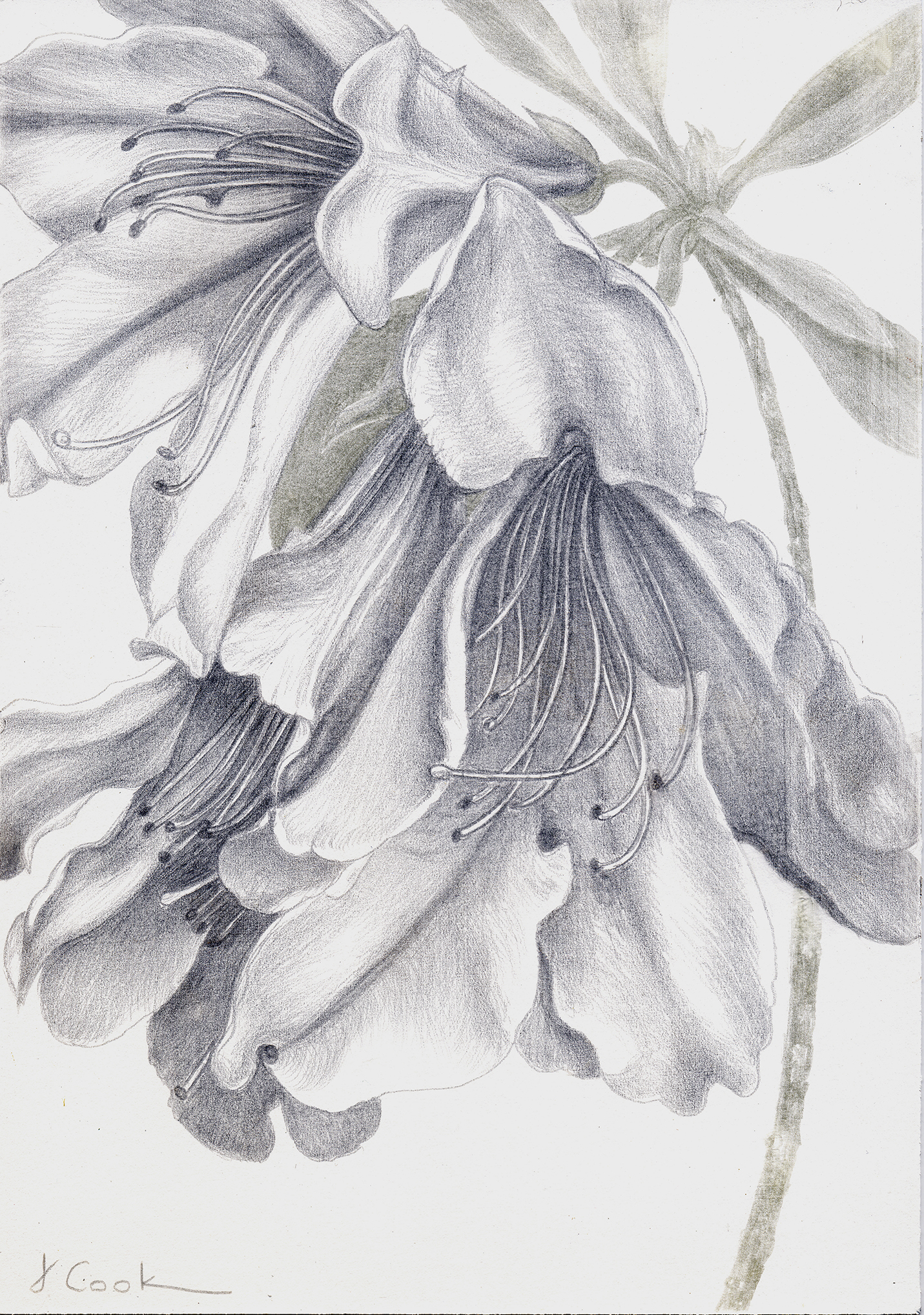Some while ago, I was fortunate enough to inherit a painting I had always loved in my family home. A coastal scene with a wonderful foreground frieze of golden gorse, it had always delighted me with its luminously expansive feel. I had been told that it was painted from the veranda of my family's home in Albany, Western Australia, but that was all I knew.
One day, I decided to start investigating to see what I could learn about the work. I copied onto paper the almost illegible signature, and eventually started working on Google, trying out whatever I could decipher. Google came up trumps - which, in a way, is less and less of a surprise as time and the reach of Google have taught us all. The signature was of an Australian woman artist, Ellis Rowan,who was active, and prominent, in the late 19th and early 20th century. As I learned a little more about her intriguing, adventurous life, and her skills at self promotion as she developed her career as a "flower painter", I was filled with admiration. I was also delighted to find that she had connections with my redoutable great grandmother, Ethel Clifton Hassell - another very strong character by all accounts. Pushing all sorts of boundaries as a woman, Marian Ellis Rowan seemed to make no concessions in her pursuit of flowers to paint and places that might be of interest.
Ellis Rowan travelled several times to Western Australia, following in the footsteps of her much admired flower painter role model, Marianne North, who travelled the world to paint flower species during the 19th century, finally endowing Kew Gardens with a gallery for her wonderful works. It was thus natural for Ellis Rowan to meet my great grandmother, a community leader in Western Australia and a flower lover. They possibly got on well and I can imagine the scene of Ellis Rowan settling down on the veranda at Hillside, the Hassell home in Albany, to paint the view out to King George Sound. Her skill in painting was considerable, especially given that she often used gouache, which is quick drying and often difficult as a medium. She also used watercolours and oils.
Birds and flowers, of preference tropical, colourful and exotic, were Ellis Rowan's favourite subject matter, and many of her paintings in the National Library in Australia show her skills. She was prolific, and consequently, there is a marvellous diversity in her work. These are but a tiny sample of her flower paintings.
Wild Cornflowers, gouache and watercolour, c. 1900, Marian Ellis Rowan, (Image courtesy of Museum of Applied Arts & Sciences)
Fringed Violet, watercolour and gouache, 1900, Marian Ellis Rowan, (Image courtesy of Museum of Applied Arts & Sciences)
Norfolk Island Hibiscus, watercolour and gouache, c. 1900, Marian Ellis Rowan, (Image courtesy of Museum of Applied Arts & Sciences)
Swamp Banksia, watercolour and gouache, c. 1900, Marian Ellis Rowan, (Image courtesy of Museum of Applied Arts & Sciences)
Black Wattle, gouache and watercolour, c. 1900, Marian Ellis Rowan, (Image courtesy of Museum of Applied Arts & Sciences)


















